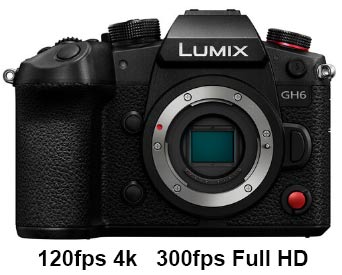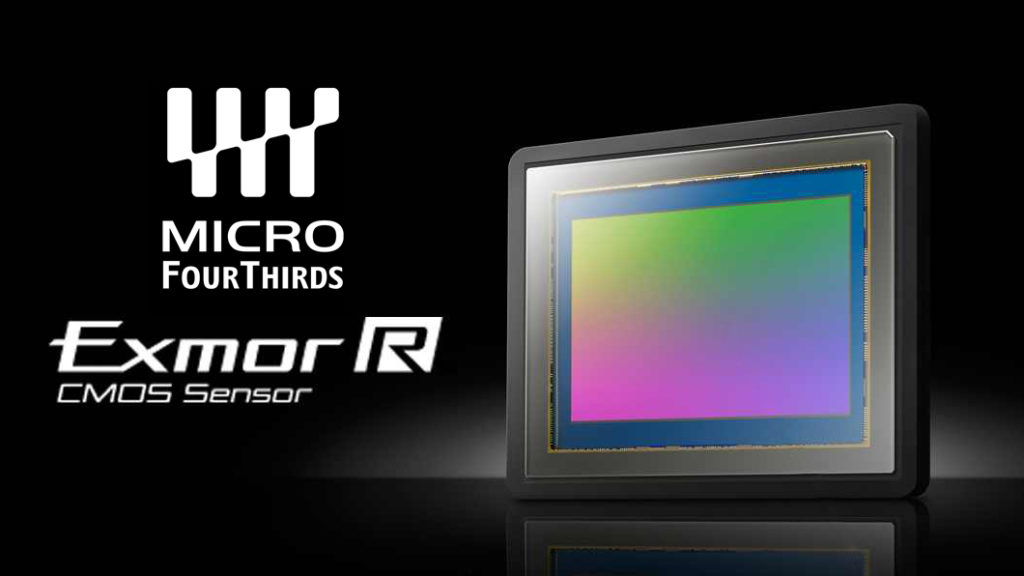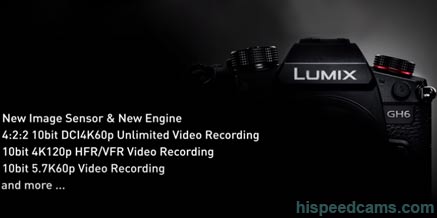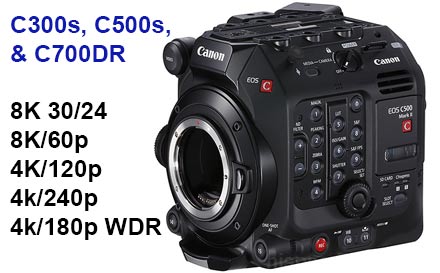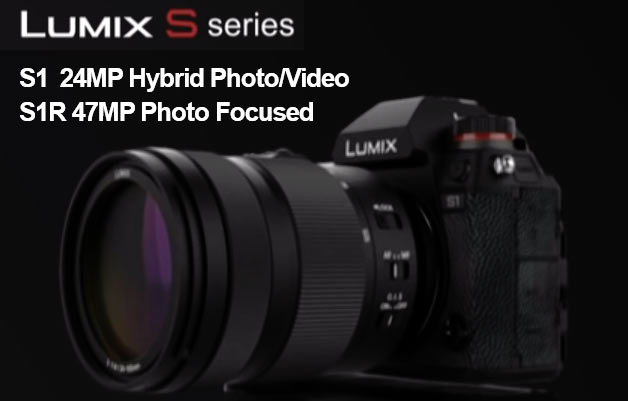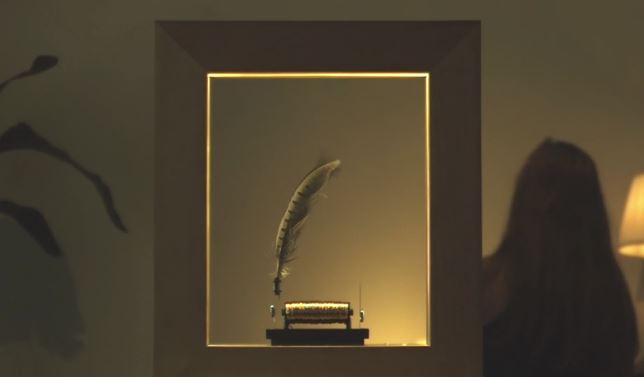In what may be described as a practical home application of a stroboscope, the Slow Dance frame by Wonder Machines makes it possible to see the deformation of objects without motion blur with your naked eye and or a typical camera. The Picture frame makes extreme vibrations on deformable lite objects i.e. a flower or bird feather and then uses a synced led light to match the deformation wave period. In essence, creating a snapshot of the motion in real time while your brain is processing the data to create a fluid almost magical effect.
At just $299 for the Slow Dance product, it becomes a very unique gift proposition or conversation starter piece. Electronic Stoboscopes have been with us since 1931, when Harold Edgerton (“Doc” Edgerton) employed a flashing lamp to study machine parts in motion. Now you can have a somewhat limited but beautiful display to experiment using the technique. The results are quite mind-blowing as the still life objects appear to take on a spark of life.
Slow Dance by Wonder Machines Should I get one?
If you already have access to a slow-motion camera we would advise to skip it as you can recreate these motions in detail with some strong lights and a way to vibrate objects. Also, it is not limited to very lite and deformable objects. You can use any type of object and see reactions.
For those that lack access to a slow-motion camera and want to experiment with the technique, it is possible to film the deformations with your camera. Probably you will need a camera that has shutter speed control or better yet a synchro scan feature like the one present in professional cameras or the Panasonic GH4, GH5 and GH5s lines which permit custom adjustments in shutter speed in between the regular parameters of most cameras. They also allow you the ability to shoot in 4k to record these motions. This is one thing where your typical 720p HD or 1080p FHD camera will fall short unless you have access to something like a five-figure Phantom Flex 4k system.
“The Slow Dance team brings together backgrounds from MIT to the forests of Maine, from robotics and graphic design to meditation, music, and painting.” Wonder Machines Website
This Machine Will Make You See Slow Motion Without a Camera by Mathieu Stern:
In the video above by Mathieu Stern, you can clearly see the wonderful effect the machine produces. At the current price of $299, it is a permittable expense for a dedicated hobbyist with the added ability to gift it to someone who appreciates gadgets and an artistic centerpiece with something truly unique.
Is this real slow motion? not really but if you can simulate the effect in real time it is a worthy product for experimentation. We can also see this being used by video artists to create isolated motions of objects for compositing. Before committing to a purchase we encourage you to see reviews like the one below by Tech Planet which go through the product in detail.
This DEVICE Slows Down Time!!? Slow Dance – Unboxing/Review by Tech Planet: → Continue Reading Full Post ←

